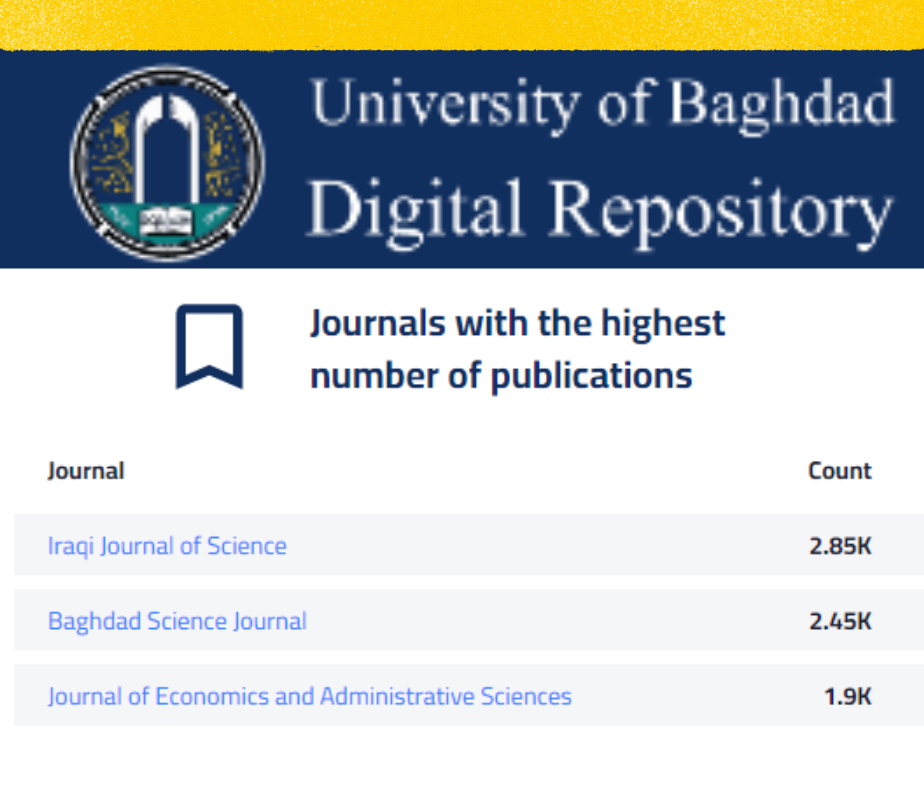Applying some hybrid models for modeling bivariate time series assuming different distributions for random error with a practical application
DOI:
https://doi.org/10.33095/jeas.v26i117.1824Keywords:
أنمُوذج ، أنمُوذج ، التوزيع الطبيعي القياسي، توزيع ، توزع الخطأ العام ، سعر الصرف، معدل البطالـة., : Bivariate time series ARMAX-GARCH, ARMAX-GARCHX, Normal distribution, Student-t distribution, General Error distribution (GED), Unemployment rate, Exchange rate.Abstract
Abstract
Bivariate time series modeling and forecasting have become a promising field of applied studies in recent times. For this purpose, the Linear Autoregressive Moving Average with exogenous variable ARMAX model is the most widely used technique over the past few years in modeling and forecasting this type of data. The most important assumptions of this model are linearity and homogenous for random error variance of the appropriate model. In practice, these two assumptions are often violated, so the Generalized Autoregressive Conditional Heteroscedasticity (ARCH) and (GARCH) with exogenous variables (GARCHX) are applied to analyze and capture the volatility that occurs in the conditional variance of a linear model. Since time series observations rarely have linear or nonlinear components in nature or usually included together. Therefore, the main purpose of this paper is to employ the hybrid model technique according to Zhang methodology for hybrid models to combine the linear forecasts of the best linear model of ARMAX models and the nonlinear forecasts of the best nonlinear models of (ARCH, GARCH & GARCHX) models and thus increase the efficiency and accuracy of performance forecasting future values of the time series.
This paper is concerned with the modeling and building of the hybrid models (ARMAX-GARCH) and (ARMAX-GARCHX), assuming three different random error distributions: Gaussian distribution, Student-t distribution, as well as the general error distribution and the last two distributions were applied for the purpose of capturing the characteristics of heavy tail distributions which have a Leptokurtic characteristic compared to the normal distribution. This research adopted a modern methodology in estimating the parameters of the hybrid model namely the (two-step procedure) methodology. In the first stage, the parameters of the linear model were estimated using three different methods: The Ordinary Least Squares method (OLS), the Recursive Least Square Method with Exponential Forgetting Factor (RLS-EF), and the Recursive Prediction Error Method (RPM). In the second stage, the parameters of the nonlinear model were estimated using the MLE method and employing the numerical improvement algorithm (BHHH algorithm).
The hybrid models have been applied for modeling the relationship between the exogenous time series represented by the exchange rate and the endogenous time series represented by the unemployment rate in the USA for the period from (January 2000 to December 2017 i.e. 216 observations), and also the out-of-sample forecasts of unemployment rate in the last twelve values of (2018). The forecasting performance of the hybrid models and the competing individual model was also evaluated using the loss function accuracy measures (MAPE), (MAE), and the robust (Q-LIKE). Based on statistical measurements, the results showed the hybrid models improved the accuracy and efficiency of the single model. () hybrid model error whose conditional variance follows a GED distribution is the optimal model in modeling the bivariate time series data under study and more efficient in the forecasting process compared with the individual model and the hybrid model. This is due to having the lowest values for accuracy measures. Different software packages (MATLAB (2018a), SAS 9.1, R 3.5.2 and EViews 9) were used to analyze the data under consideration.
Downloads
Published
Issue
Section
License
Articles submitted to the journal should not have been published before in their current or substantially similar form, or be under consideration for publication with another journal. Please see JEAS originality guidelines for details. Use this in conjunction with the points below about references, before submission i.e. always attribute clearly using either indented text or quote marks as well as making use of the preferred Harvard style of formatting. Authors submitting articles for publication warrant that the work is not an infringement of any existing copyright and will indemnify the publisher against any breach of such warranty. For ease of dissemination and to ensure proper policing of use, papers and contributions become the legal copyright of the publisher unless otherwise agreed.
The editor may make use of Turnitin software for checking the originality of submissions received.













 How to use the OJS system
How to use the OJS system 











